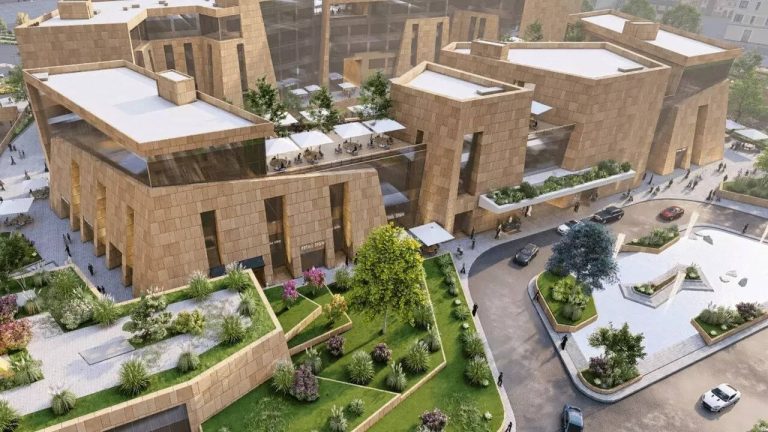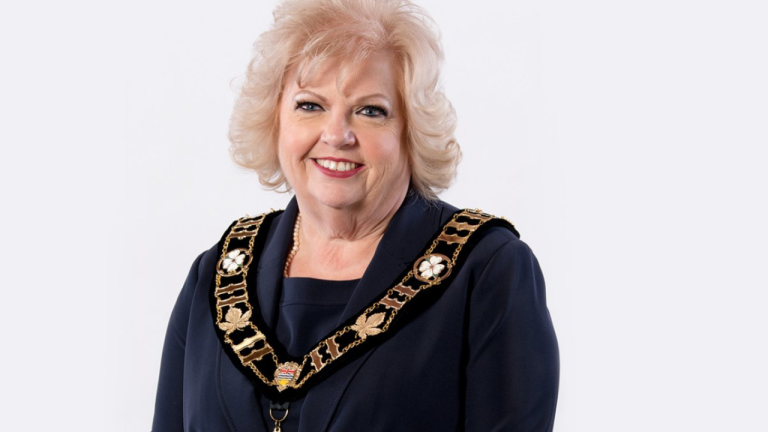Urban Green Spaces: The Future of Outdoor Living in European Cities by 2025
Urban Green Spaces: The Future of Outdoor Living in European Cities by 2025 is a concept that has gained significant attention in recent years. As the world becomes increasingly urbanized, the need for green spaces in cities has never been more pressing. In this article, we will explore the importance of urban green spaces, their benefits, and the challenges associated with creating and maintaining them.
Introduction to Urban Green Spaces
Urban green spaces refer to areas of greenery in urban environments, such as parks, gardens, and green roofs. These spaces provide a range of benefits, including improved air quality, reduced noise pollution, and enhanced biodiversity. They also offer opportunities for recreation, socialization, and relaxation, making them an essential component of urban planning.
Benefits of Urban Green Spaces
The benefits of urban green spaces are numerous and well-documented. Some of the most significant advantages include:
- Improved mental and physical health: Spending time in nature has been shown to reduce stress, improve mood, and boost immune function.
- Increased biodiversity: Urban green spaces provide habitats for a range of plant and animal species, helping to maintain ecosystem balance and support local wildlife.
- Climate regulation: Green spaces help to mitigate the urban heat island effect, reducing the need for air conditioning and improving energy efficiency.
- Enhanced community engagement: Urban green spaces provide opportunities for socialization, community events, and cultural activities.
Challenges Associated with Urban Green Spaces
Despite the many benefits of urban green spaces, there are several challenges associated with creating and maintaining them. Some of the most significant obstacles include:
- Limited space: Urban areas are often densely populated, making it difficult to find space for green spaces.
- Funding constraints: Creating and maintaining green spaces can be expensive, requiring significant investment from local authorities or private developers.
- Management and maintenance: Green spaces require regular maintenance, including watering, pruning, and waste management.
Innovative Solutions for Urban Green Spaces
To overcome the challenges associated with urban green spaces, innovative solutions are being developed and implemented across Europe. Some of the most promising approaches include:
- Green roofs and walls: These provide additional space for greenery, reducing the need for traditional parks and gardens.
- Community-led initiatives: Local communities are taking ownership of green spaces, organizing events, and maintaining areas through volunteer programs.
- Smart city technologies: New technologies, such as sensors and data analytics, are being used to optimize green space management and maintenance.
Conclusion
Urban Green Spaces: The Future of Outdoor Living in European Cities by 2025 is a critical component of sustainable urban planning. By understanding the benefits and challenges associated with green spaces, we can work towards creating thriving, sustainable environments that support the well-being of both people and the planet. As we look to the future, it is essential that we prioritize the development and maintenance of urban green spaces, ensuring that they remain a vital part of our cities for generations to come.




